Airport Security: Hands Up!
Hardly any subject to do with security has raised so much public discussion and controversy in the past few years as the introduction of so-called ‚body scanners‘. It is obviousl...
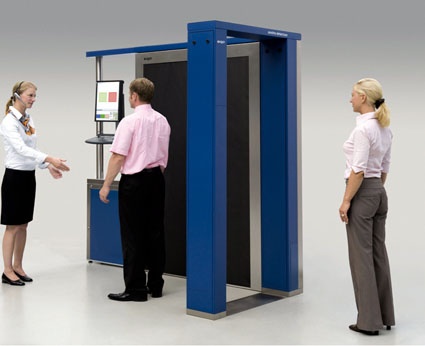
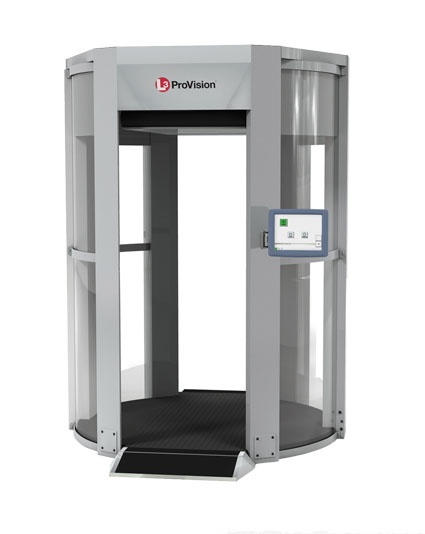
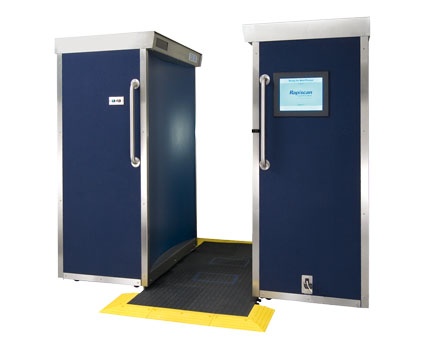
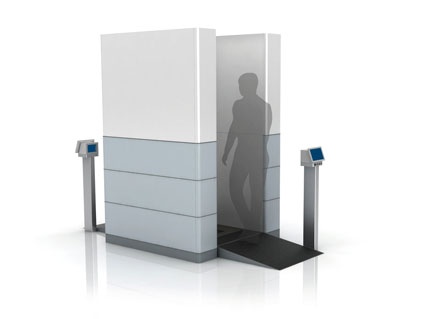
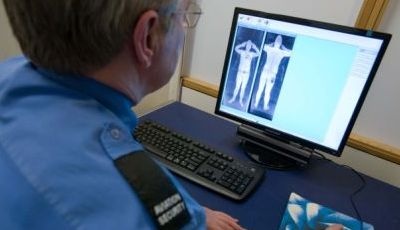
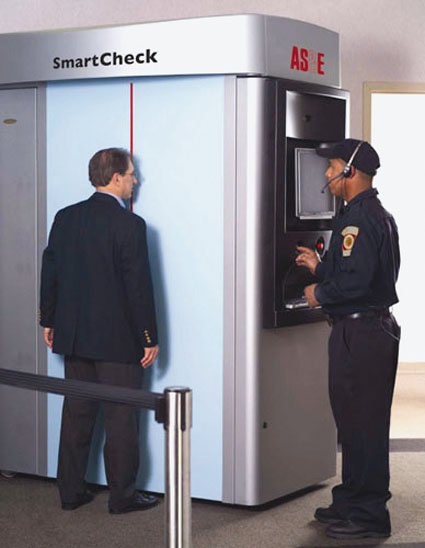
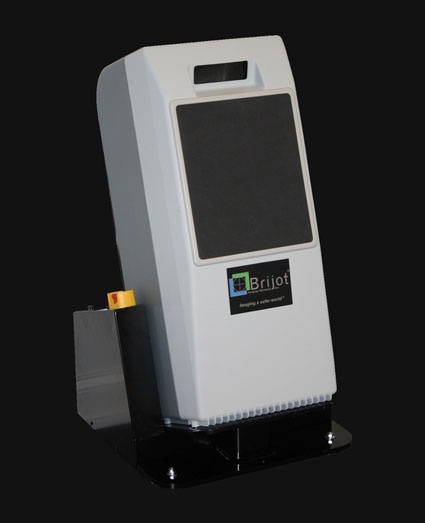
Hardly any subject to do with security has raised so much public discussion and controversy in the past few years as the introduction of so-called ‚body scanners‘.
It is obviously in the interests of the agencies responsible for security at airports and other passenger transit locations worldwide to ensure good passenger flow while still maintaining as near 100 % security effectiveness as possible. Although some of these initial trials in Europe actually resulted in slower passenger processing, whole body scanners do promise to speed up the security procedure by removing the need for any hands-on frisking. This challenge has undoubtedly been made easier by the latest developments in total body screening devices.
Raise and Rays
While some countries have already wholeheartedly adopted these machines some years ago, in others operation is taking place under restricted trial but nevertheless real, everyday conditions to prove their effectiveness and reliability, and to identify areas that need regulation and/or improvement. Two different technologies are currently being used.
X-ray scanners provided by, amongst others, the American manufacturer Rapiscan uses a backscatter-technique. Although extremely low doses of radiation are used, they still provide reliable detection of organic and inorganic materials. The Ait84 manufactured by Tek84 uses dual-mode transmission and backscatter to provide dual images in one shot without using any additional dose versus a backscatter only system.
An alternate technology, first trialed in airports as long ago as 2002 by Qinetiq, is also available from Smiths Detection, L3 and others. It is now under evaluation and generates millimeter waves at RF (a frequency between that of infra-red light and microwaves). It is somewhat quicker in producing results - it takes less than 10 seconds to obtain a multidirectional view - resulting in a potential throughput of up to 400 people per hour. But although the scan time of millimeter wave systems with 3 seconds is significantly shorter than the 6 seconds needed for backscatter systems, it takes almost 15 additional seconds for persons to enter the scanner, pose (lift arms) and exit. Hence the total time of a person in the scanner is about 20 seconds including scan for both technologies in an airport setting. This is three passengers per minute or about 200 per hour for both backscatter and millimeter wave. Again, extremely low transmission levels are sufficient to deliver clear images and are no danger to the human body.
There is also a passive version of this type of sensitive scanner, like the Gen2 provided by Brijot Imaging, that emits absolutely nothing but instead simply receives the natural radiation of waves shorter than 1 mm that are emitted by the human body. Smiths Detection also provide an explosives and narcotics detector based on ion mobility spectrometry that quickly analyzes minute particles of such substances that are carried on the person‘s hair and clothes. Again a walk-through system, it is capable of handling up to 6 people per minute.
EU Rules, OK?
The use of such total body scanners was the subject of discussion amongst a sub-committee of the European Parliament during November 2010. A few recommendations have already emerged from the talks that will help to make the way legally clear for uniform introduction and management of such systems throughout Europe. For example, there must be no danger to health, and both personal privacy and data privacy must be fully respected. The "Use of Body Scanners - 10 Questions and Answers" document issued in July 2010 by the EU Agency for Fundamental Rights has demonstrated that EU legislators must now pave a way through the legal, moral and political minefields before widespread introduction happens.
What‘s the procedure?
On the one-hand, security staff get a natural workout as they are constantly on the move, but any manual pat-down procedure is both time and labor-intensive, so eliminating this - or at least reducing the frequency - can only be beneficial. Depending upon the specific system, it is not always necessary to remove jackets and/or shoes. The traveler stands in the body scanner and raises their hands above their head for a few seconds. In some systems they also need to turn 90 degrees for full detection. The operator is given an image showing any suspect items such as liquids, powders, gels, ceramics as well as all standard solid and liquid explosives, weapons and narcotics. Even money will be highlighted on the operator‘s screen. The analyst then indicates where the passenger should be patted down. Although this aspect lies wholly within the judgment of the security service operating the machine, it may be prudent to have the analyst - the person viewing the screen - in a separate room away from the scanner itself so that no association can be made between the person being scanned and the displayed image. In this way, personal privacy is respected but scanning is still effective.
Who uses them?
Airports are the obvious users of such mass scanning systems. Many hundred such body scanners are now in use around the world, although they have no general approval for use within the European Union so countries are carrying out trials under their own jurisdiction.
Paris, Amsterdam, Manchester, London Heathrow, Zurich and four Italian airports have all tested body scanners from various manufacturers during 2010. Hamburg airport in Germany began a trial at the end of September 2010, initially for a six month period, after the responsible government department for protection against radiation had declared the machines not harmful to human health. The airport at Cologne/Bonn has also recently taken part in a trial.
While the European Union is generally promoting their use, the results of these tests have sometimes given cause for concern to airport security authorities over their widespread introduction. The teething troubles have included a lower speed of passenger throughput than expected, folds in clothing causing false alarms, misunderstandings between operators and passengers and also the fact that not just metal items should be removed from pockets but also other items such as paper handkerchiefs, banknotes and boarding cards.
Ongoing improvements in automatic detection algorithms as well as passenger familiarity with the procedure promise to remedy the situation soon.
When sorting the purchase decision priorities it will be important to consider the manpower necessary to operate the system, power consumption, the footprint of the system (possibly including a separate room for the analyst watching the monitor) as well as the scanning time and therefore the hourly throughput. All of these may have a significant effect on long-term operational costs. False alarm rates of up to 70% that were seen in the first trials can limit the throughput rates to about 60 to 90 passengers per hour.
Engineers are now working on the introduction of object recognition, similar to that successfully used in CCTV systems, which will make an analyst unnecessary. Power consumption has also been reduced compared to early versions.
In general, any border crossings, whether land-land or land-sea, can benefit from such scanners in order to discourage and hopefully prevent terrorist acts. Other current users and potential future markets include both private high-security installations - such as refineries and chemical plants, jewel mines and product development centers - as well as government sites - prisons, law courts, police and armed forces compounds.
Product Overview Presentations People Screening Products
L3 Security & Detection Systems. "Provision"
The L3 Provision system uses low-level active millimeter waves to produce a 3D black and white silhouette showing operators where suspect materials are concealed. The total view is available within 2 to 10 seconds, permitting a flow of between 200 and 400 people per hour. The system can be set up to blur faces and other areas of the body image, ensuring that recognition is impossible and privacy is maintained. The ProVision people screening system has been approved by the US Transportation Security Administration for use at checkpoints in US airports.
Rapiscan "Secure 1000" and "Wavescan 200"
Currently the most widely used system worldwide, the low-dose x-ray Secure 1000 takes less than 7 seconds to complete its scan. Optional networking enables a remote image analyst to be up to 100 m away. The company‘s passive millimeter-wave alternative called Wavescan 200 ensures high personnel throughput with assistance from an inbuilt detection engine running on full-motion video. No anatomical detail is displayed.
Smiths Heimann "eqo" and "B-Scan"
The flat-panel millimeter wave technology eqo system takes up minimal floor space and provides real-time images to detect concealed objects, helped by an automatic detection algorithm that speeds up the security check. The B-Scan walk-in portal uses an x-ray dose lower than that of typical backscatter units to form a high-resolution head-to-toe image, including shoes, in less than 7 seconds.
Qinetiq "Borderwatch" and "SPO-20"
First trialed in 2003 in Athens and consistently improved since then, the millimeter-wave based Borderwatch system is used, amongst others, by the British immigration service and Eurotunnel. The small, mobile SPO-20 system is passive, works in real time and will alert if it detects substances at a range of up to 20 meters, making it ideal for high flow situations.
Tek84 "Ait84"
Also scanning people‘s shoes while still being worn, the dual-mode Ait84 uses a combination of both backscatter and transmission x-ray techniques to improve detection but without increasing the dose. Of particular interest is that the system can also scan turbans and burqas in situ, thereby removing the need for a more intrusive manual pat-down search. The compact system is economic with floor-space requirements.
AS&E "Smartcheck"
The patented system from AS&E uses the X-ray backscatter technique to determine the different absorption rates of organic and inorganic materials. Hidden objects such as plastic or liquid explosives, guns, drugs and tools are clearly visible to the operator as light or dark shading. A neutral image option protects the privacy of those screened and, depending on configuration, the system can be run by one or two operators.
Brijot Imaging Systems Inc. "GEN2"
Passive millimeter wave technology is employed in this self-contained screening device to detect explosives and weapons, amongst other interesting items made from solids, liquids or gels. The image provided to the operator highlights suspect areas but shows no body detail. It is not possible to recognize a person or even their gender from the real-time display that takes between 4 and 12 frames per second.
Business Partner
Rapiscan Systems Ltd.X-Ray House, Bonehurst
RH1 5GG Salfords
UK
most read

Is Your Venue Ready for Martyn’s Law?
Martyn’s Law demands stronger security by 2027. Is your venue prepared to protect and respond?

Security management, building security & perimeter protection: the winners of category E at the GIT SECURITY AWARD 2026
GIT SECURITY AWARD 2026: Security management, building security & perimeter protection - an overview of the most innovative solutions

Assa Abloy's battery-powered Aperio KL100 secures lockers
Boost workplace security and operational flexibility by securing more than just doors.

VIP-Lounge Interview: Marco Mille, Global Head of Security, Siemens AG
VIP in the World of Security: Marco Mille, Global Head of Security at Siemens AG

GIT SECURITY AWARD 2026 - The winners have been announced!
GIT SECURITY AWARD 2026: The best safety and security solutions of the year - now an overview of all winners








